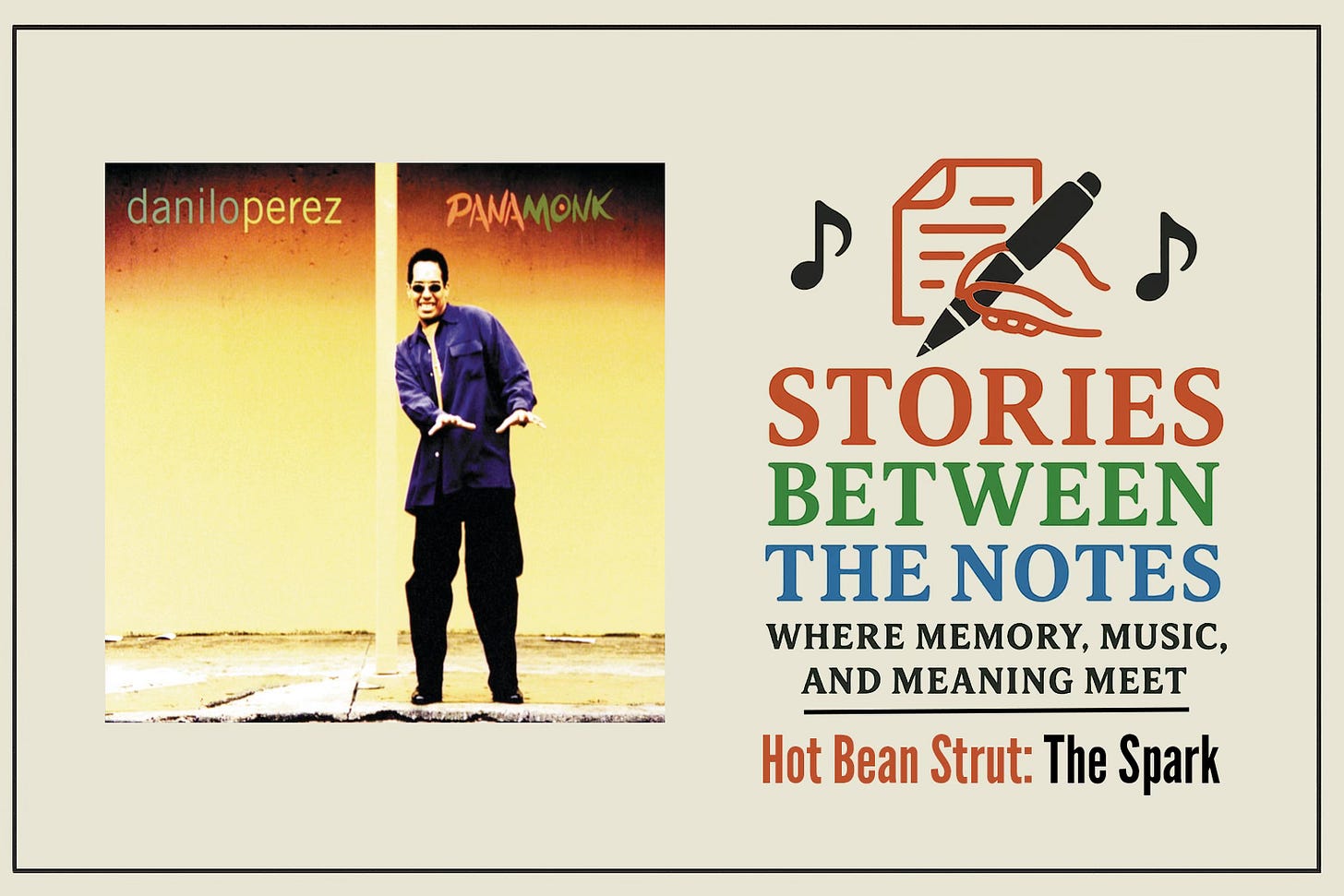Hot Bean Strut: The Spark
The story of my first jazz obsession and how it sparked a lifelong journey through rhythm, language, and culture.
Hot Bean Strut: The Spark
It all started with an obsession—a syncopated tune called Hot Bean Strut that lit a spark and planted a seed in my three-year-old mind, one that’s been growing ever since.
A Jazz Pilgrimage: Blood on the Fields, 1997
It was February 16, 1997 in Columbus, Ohio. My parents drove the family there for the weekend to see Wynton Marsali…
Keep reading with a 7-day free trial
Subscribe to Wynton Kelly's Liner Notes to keep reading this post and get 7 days of free access to the full post archives.


